The breast augmentation consultation can often bring anxiety to the patient as there are many questions to be addressed or discussed. These variables can range from topics pertaining to the patient (medical conditions, height & weight, bra size, pre-operative breast shape); surgeon (preference for above vs. below the muscle, incision choice); or implant (saline vs. silicone, smooth vs. textured, profile).…
Q: How long does the the breast augmentation consultation take? A: Approximately one hour. During that time we listen to the patients’ wants and formulate an effective plan to optimize the surgical outcome. Q: Is there anything I need to do prio to surgery? A: Yes, prior to surgery patients need to see their regular medical doctor to undergo a…
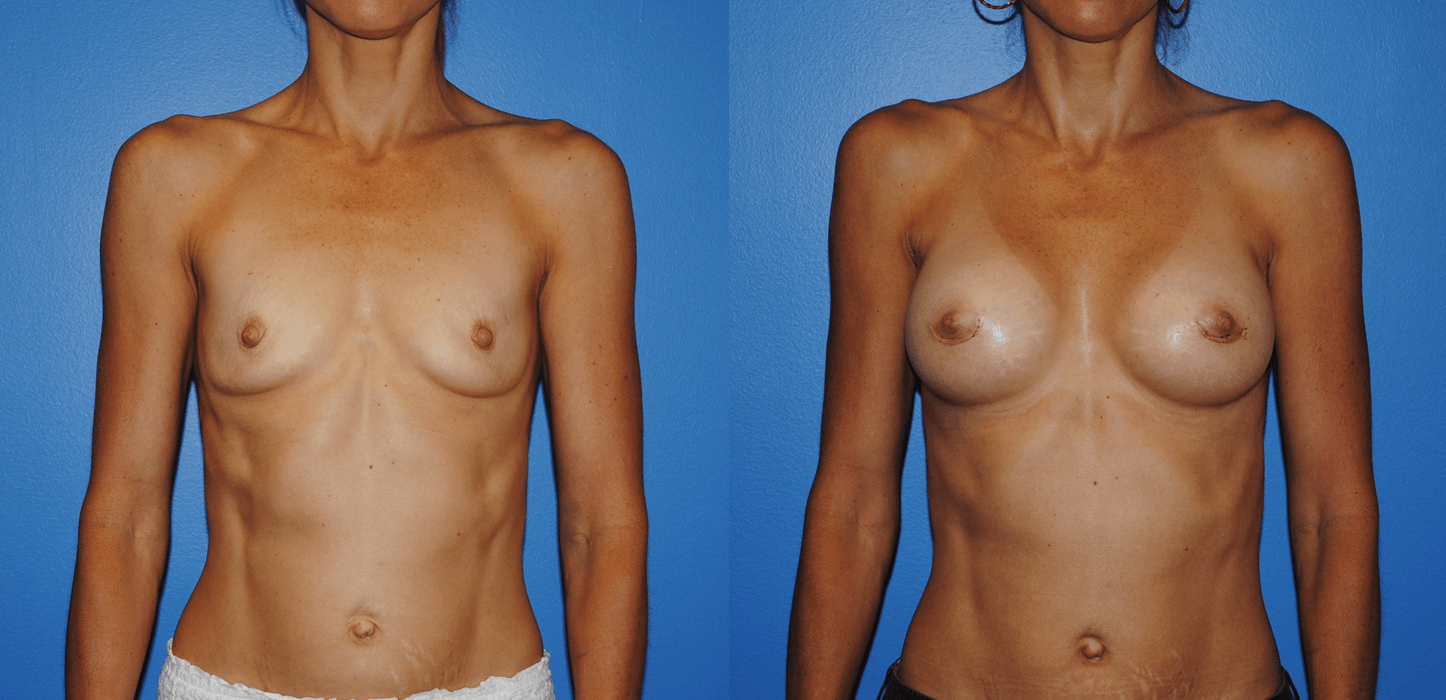
Breast Augmentation Recovery – What to Expect Patients often ask what they will look like early post-operatively following breast augmentation. I typically tell patients that breast augmentation results take approximately 6 to 12 months to truly be appreciated. However, each patient has a different time period which the breast implants settle into position. Usually patients who have a longer distance…
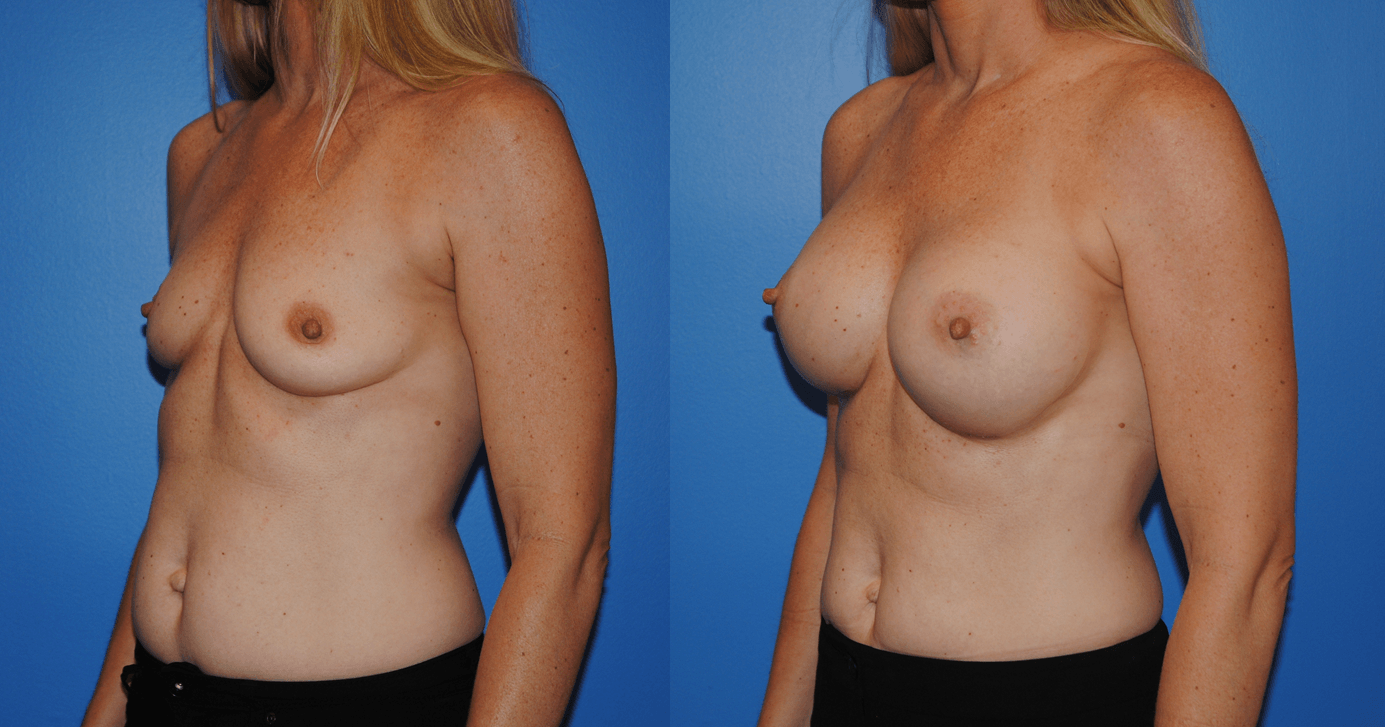
Breast augmentation procedures are very common in the summer months. It’s quite common for women ranging in ages from 21 to 50, who live throughout Southern California to present in our Newport Beach office for consultations between June and August. One of the reasons women wait until the summer months to schedule a breast augmentation is because recovery times following…
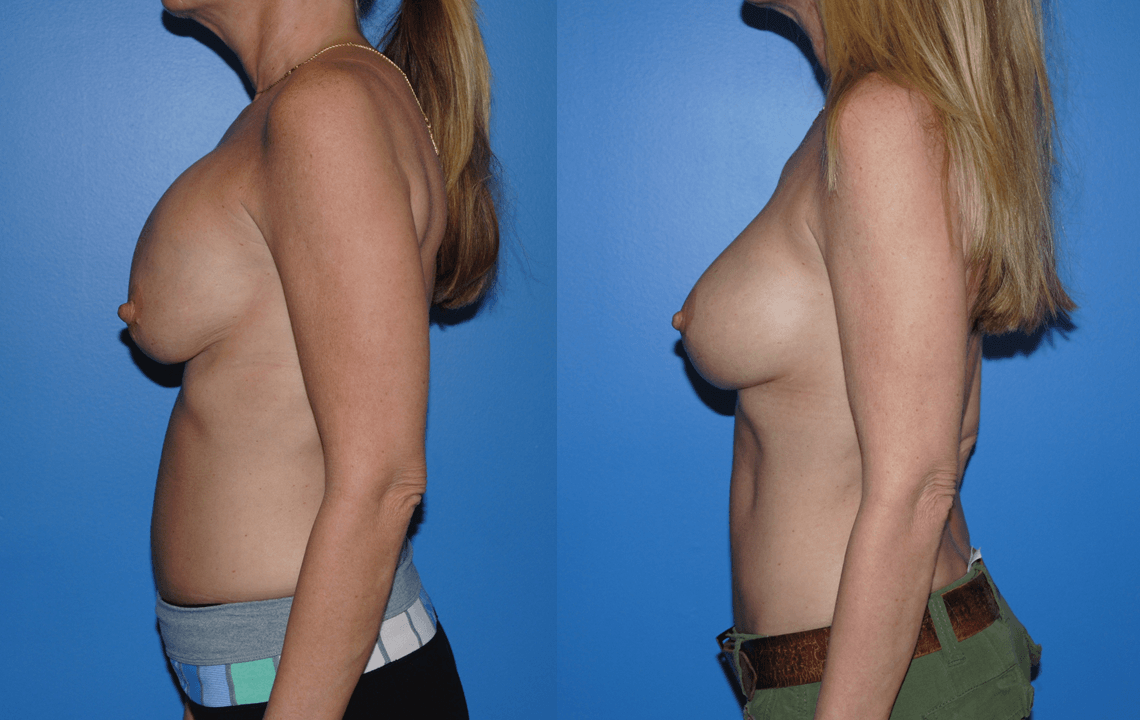
It’s widely known that Capsular Contracture can occur in patients who have breast implants. This is the time when patients can choose to remove their saline implants and replace them with silicone implants. Often we discuss with the patient the option to improve the position of the implants at this time. While many reasons contribute to a capsular contracture, I find…
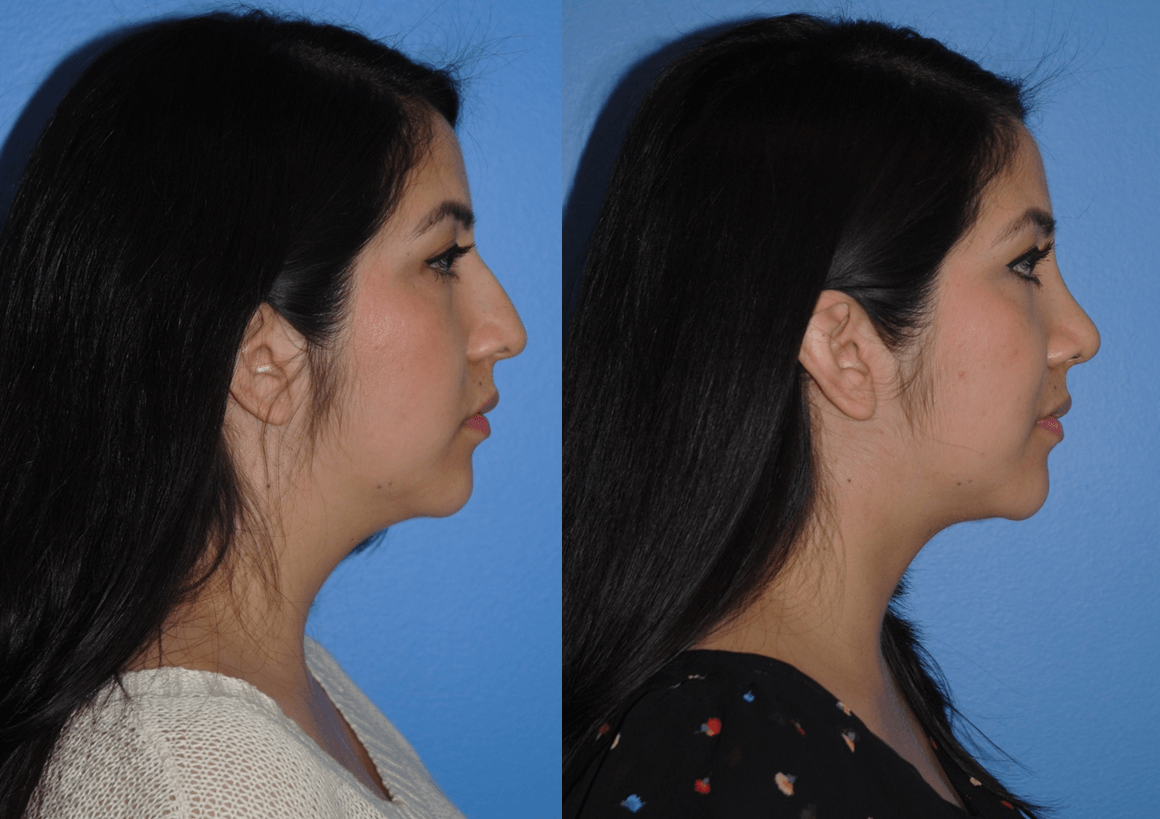
Our Orange County location affords us the opportunity to assist a variety of patients with Rhinoplasty. Rhinoplasty can be used to improve one or more regions of the nose; and, we’ve found that patients seeking out rhinoplasty surgery often wish to improve multiple aspects of their nose; the most common being the nasal dorsum or “dorsal hump”. Another common area…
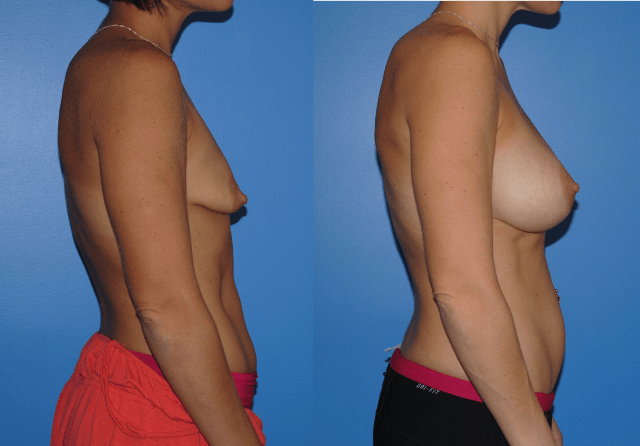
Do I have a tuberous breast deformity? The tuberous breast has a typical constellation of recognizable features. The breast base is usually restricted. The areola is wide and there is often a herniation of breast tissue through the areola. The breast is often hypoplastic to various degrees. How is a the tuberous breast deformity corrected? Tuberous breast deformity is best…

Where will the periareolar incision be placed and what will the scar look like? Everyone will have a scar, but how visible the scar is depends on several factors. The periareolar incision is typically placed on the inferior (bottom) half of the areola. The areola tends to be a relatively privileged area for scarring. That is, it is rare for…

